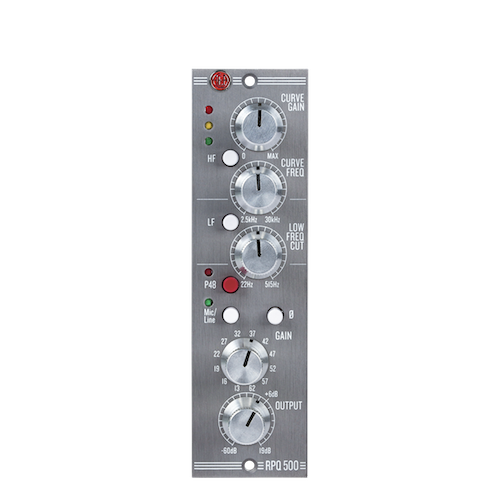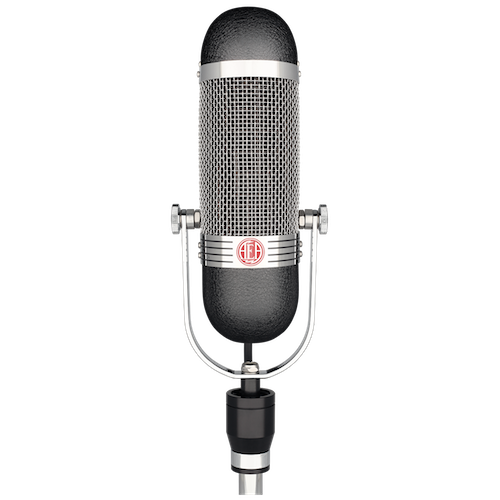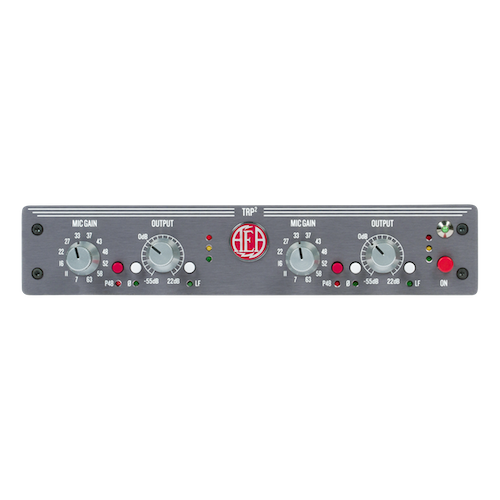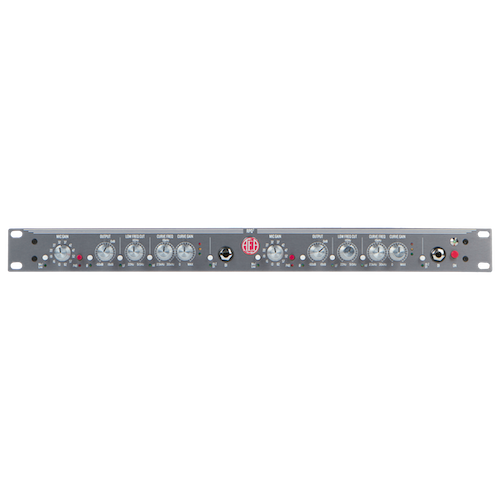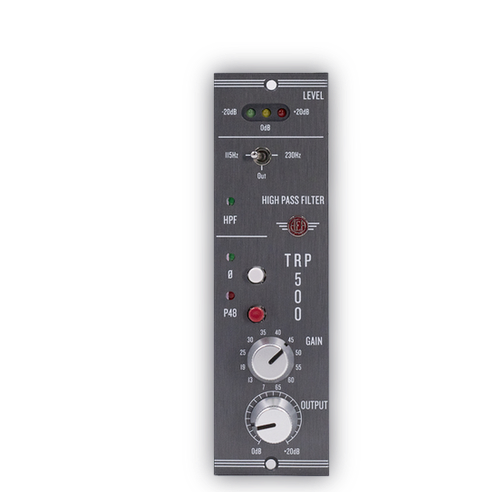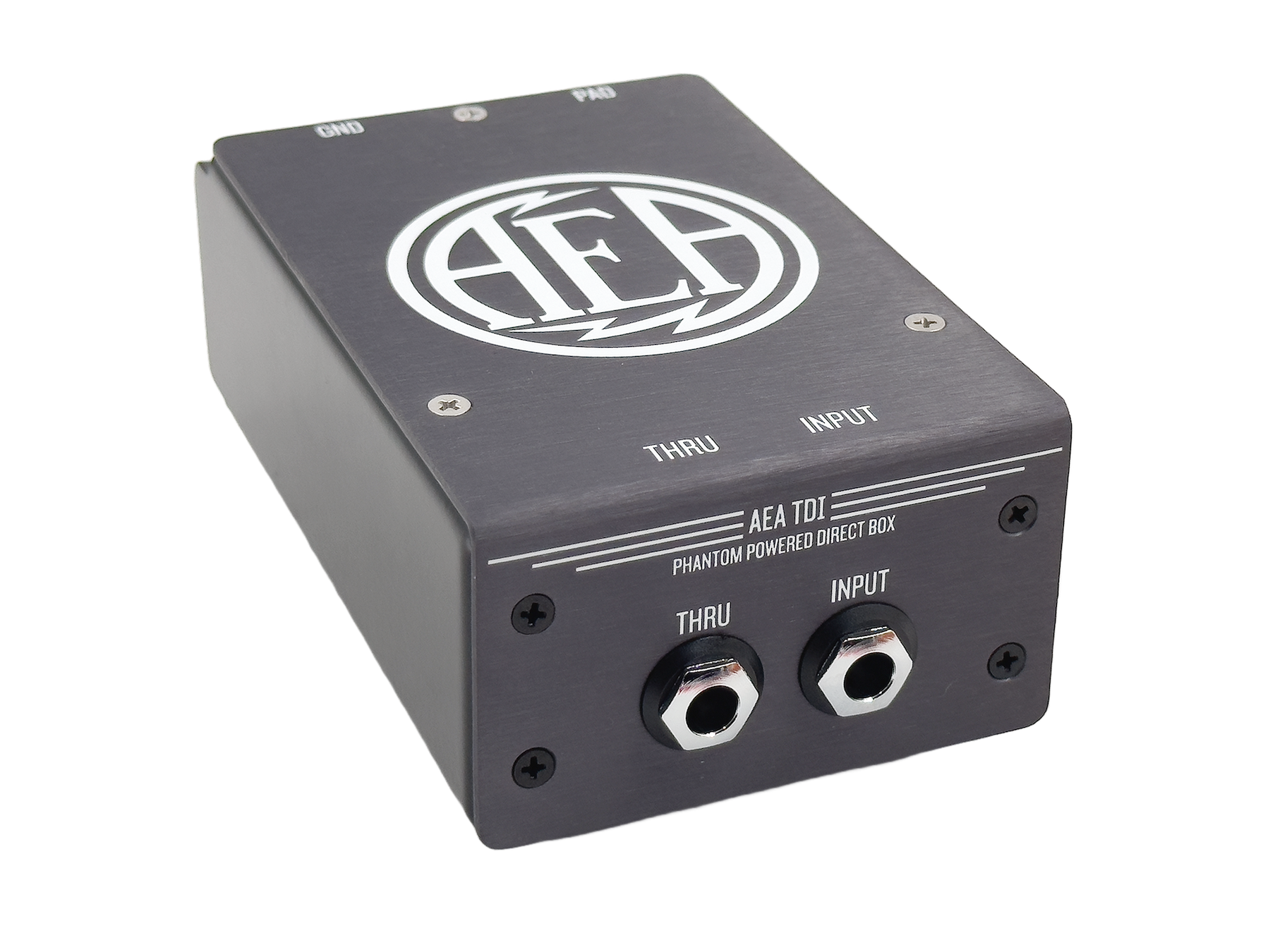Yes, There’s a Matching Preamp
The preamp is critical for optimum performance for our passive R44 models. Preamp gain should be at least +60dB or higher and it should have a very high impedance. It’s the same requirement with all passive ribbon mics.
To guarantee consistent, full-range ribbon sound, we recommend AEA’s RPQ3, RPQ500, TRP500 and TRP3 preamps, which were specially designed for ribbon microphones. However, preamps with above a 5K ohm impedance found in many live soundboards are adequate for guitar amps and other louder instruments. On quiet sound sources or for distance recording, an AEA preamp is highly recommended.
